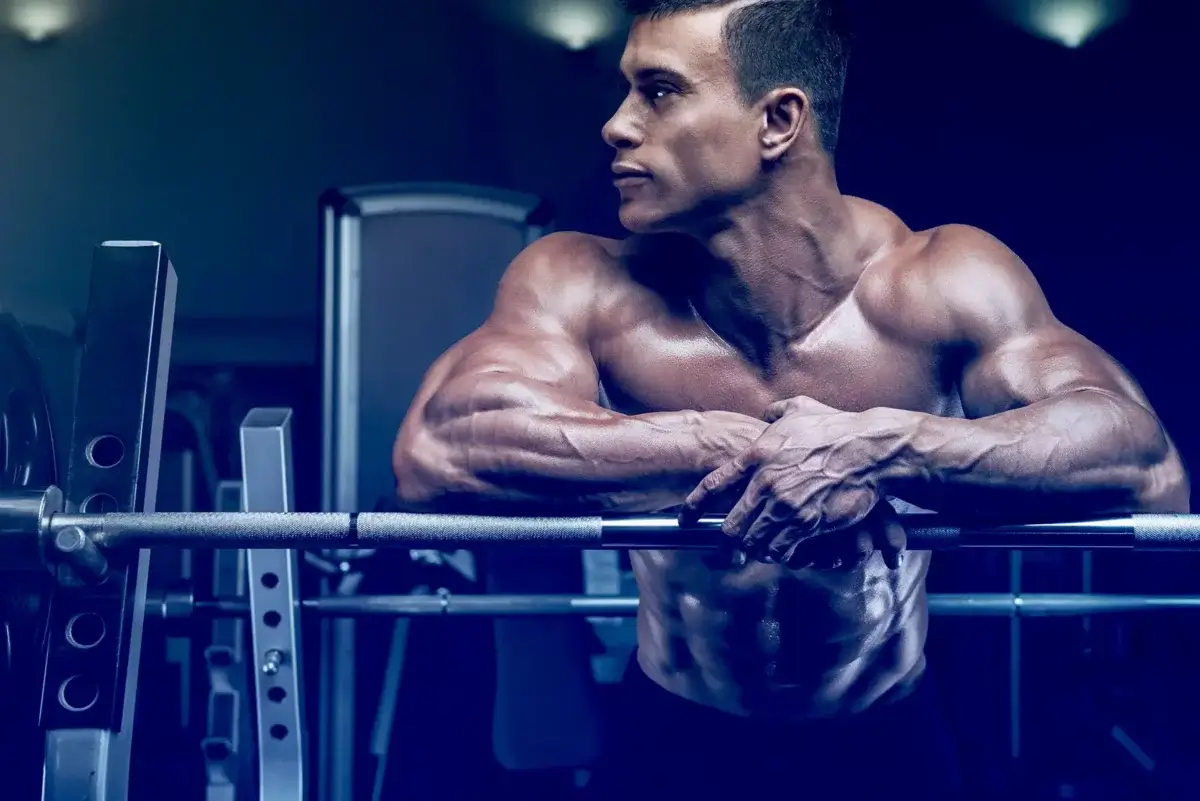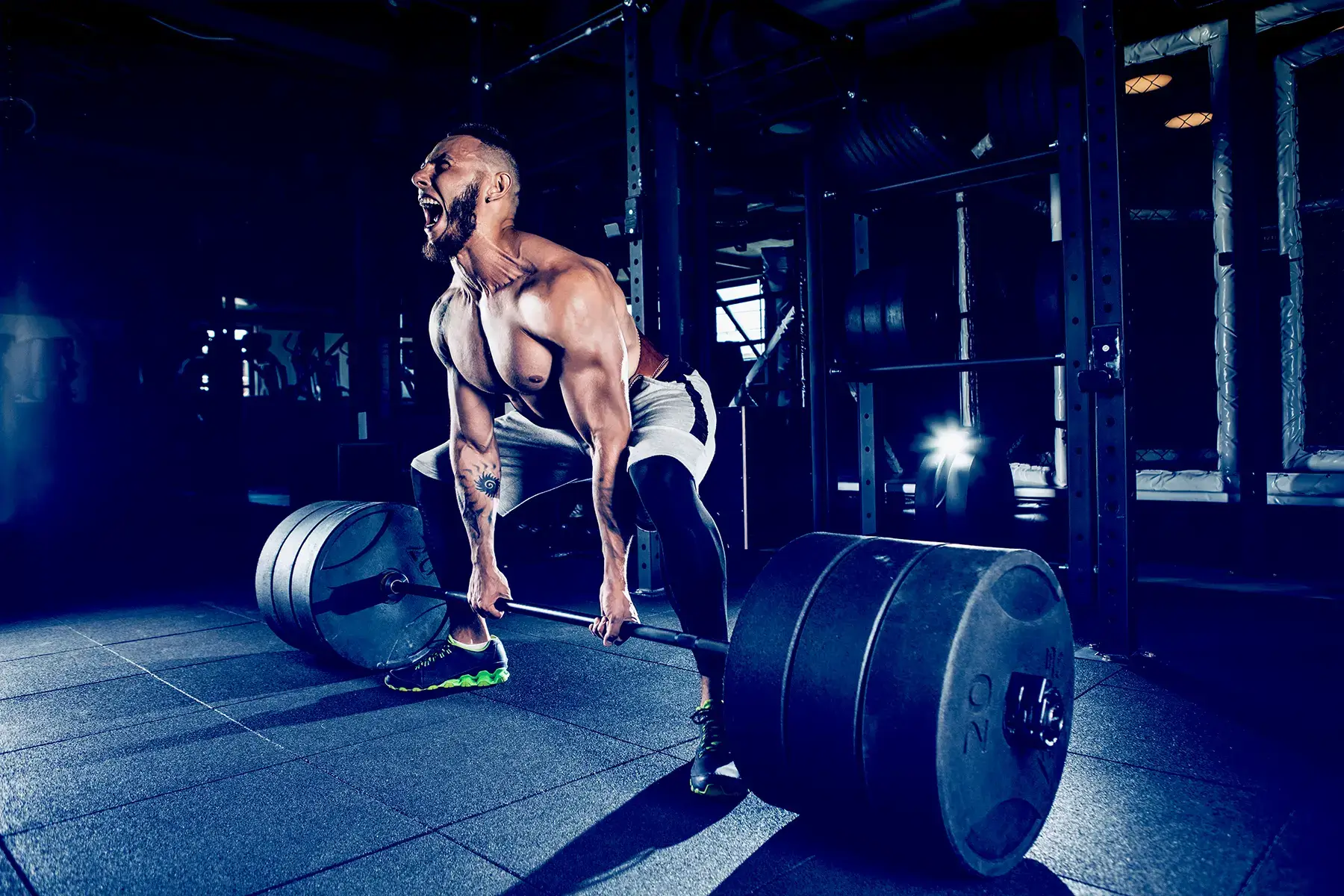Mass moves mass? This study investigated the relationship between changes in lean body mass and powerlifting performance. The findings indicate that this old adage may have merit. However, there may be more nuance to it than that.
Overview
What did they find? The researchers investigated the relationship between changes in lean body mass (LBM) and powerlifting performance following a 12-week periodized training period in competitive powerlifters.
What did they test? They found that athletes improved their performance across all three powerlifting movements, while also increasing measures of lean body mass. Furthermore, there were positive correlations between various measures of changes in LBM and total body mass with powerlifting performance.
What does it mean for you? Whilst it is by no means a novel finding, improvements in muscle mass may be beneficial to improving maximal strength in competitive powerlifters. Therefore, increasing muscle mass is a strategy that may lead to improvements in maximal strength when incorporated as part of a periodized strength training plan.
What’s the problem?
Purpose
Previous data has shown relationships between LBM and powerlifting performance in competitive powerlifters. However, studies haven’t examined the changes in powerlifting performance and LBM over the course of training towards a competition. The objective of this study was to explore how changes in LBM and muscle architecture due to training relate to performance changes in well-trained powerlifters preparing for a competition.
Hypothesis
The researchers hypothesized that changes in LBM and muscle thickness would correlate with changes in powerlifting performance.

What Did They Test and How?
Participants
Eleven experienced powerlifters participated in this study. The eight male participants weighed 99.2 ± 14.6 kg, were 1.77 ± 0.06 m tall, and had best performances of 250.0 ± 59.6 kg in the squat, 155.6 ± 35.4 kg in the bench press, and 266.6 ± 41.1 kg in the deadlift. The three female participants weighed 66.6 ± 20.9 kg, were 1.54 ± 0.06 m tall, and had best performances of 132.5 ± 26.3 kg in the squat, 68.3 ± 21.0 kg in the bench press, and 135.8 ± 12.3 kg in the deadlift. All participants in the study had at least three years of experience competing in powerlifting, were healthy, had no injuries, and were consuming >2 g of protein per kilogram of bodyweight. Participants competed within the International Powerlifting League (IPL) federation.







